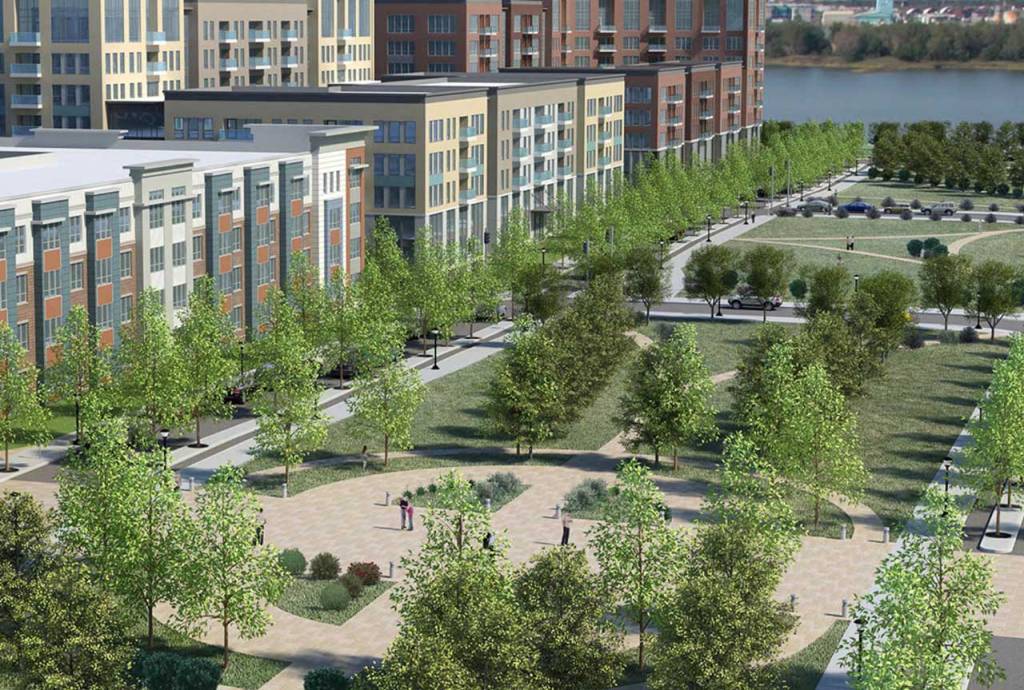Mixed-Income Housing
Pennrose + Omni Make History
As the demand for affordable housing continues to rise, local governments form unique partnerships to fill the need with efficiency and quality. Three Jersey City governmental agencies and two Yardi clients have joined forces to execute Bayfront Redevelopment Plan which includes the largest mixed-income housing development in the Tri-State region. A clean slate The significance […]

